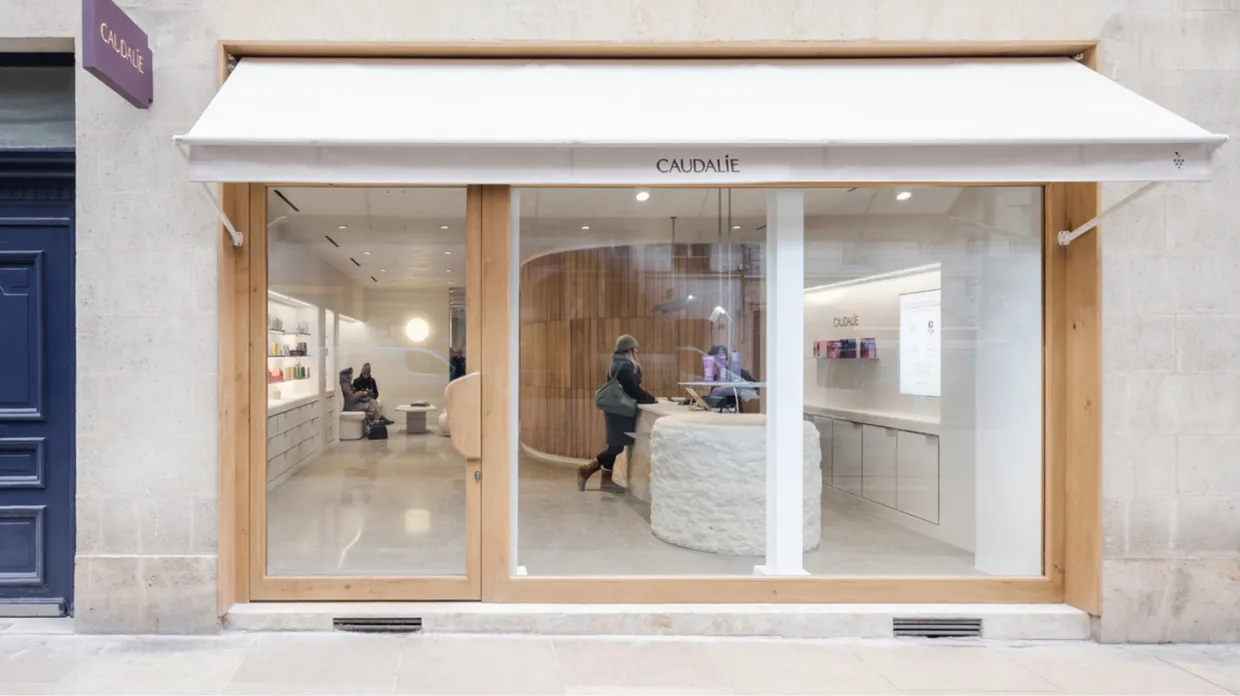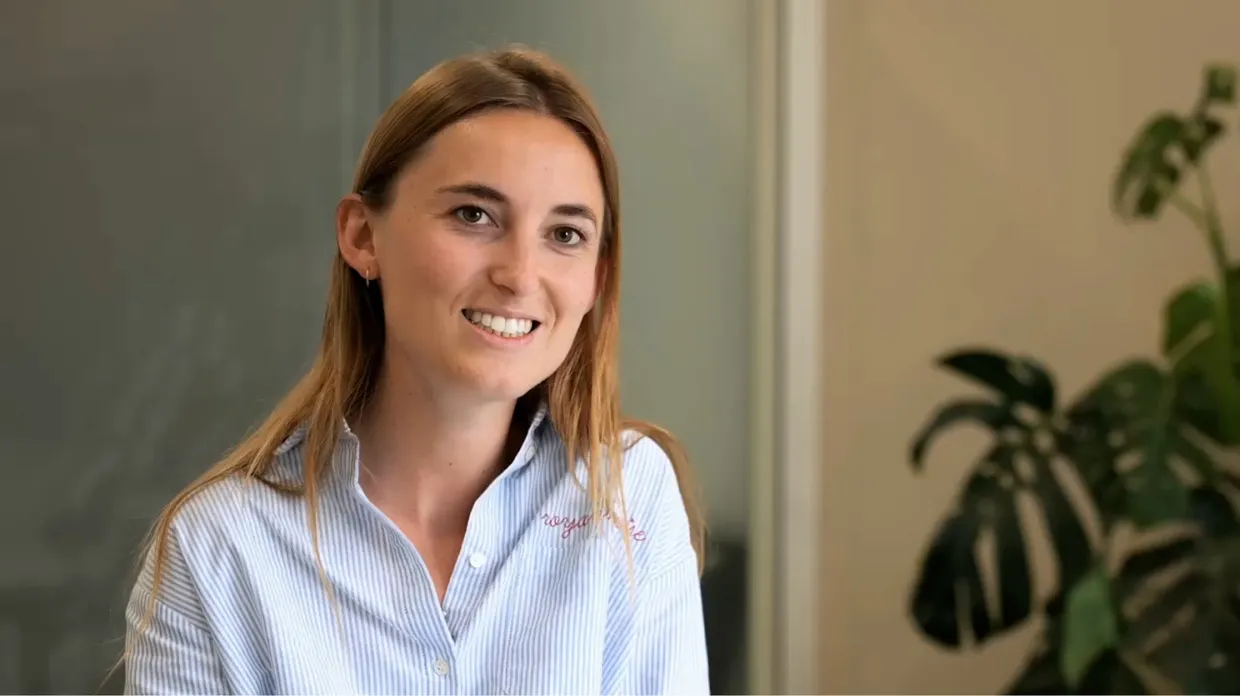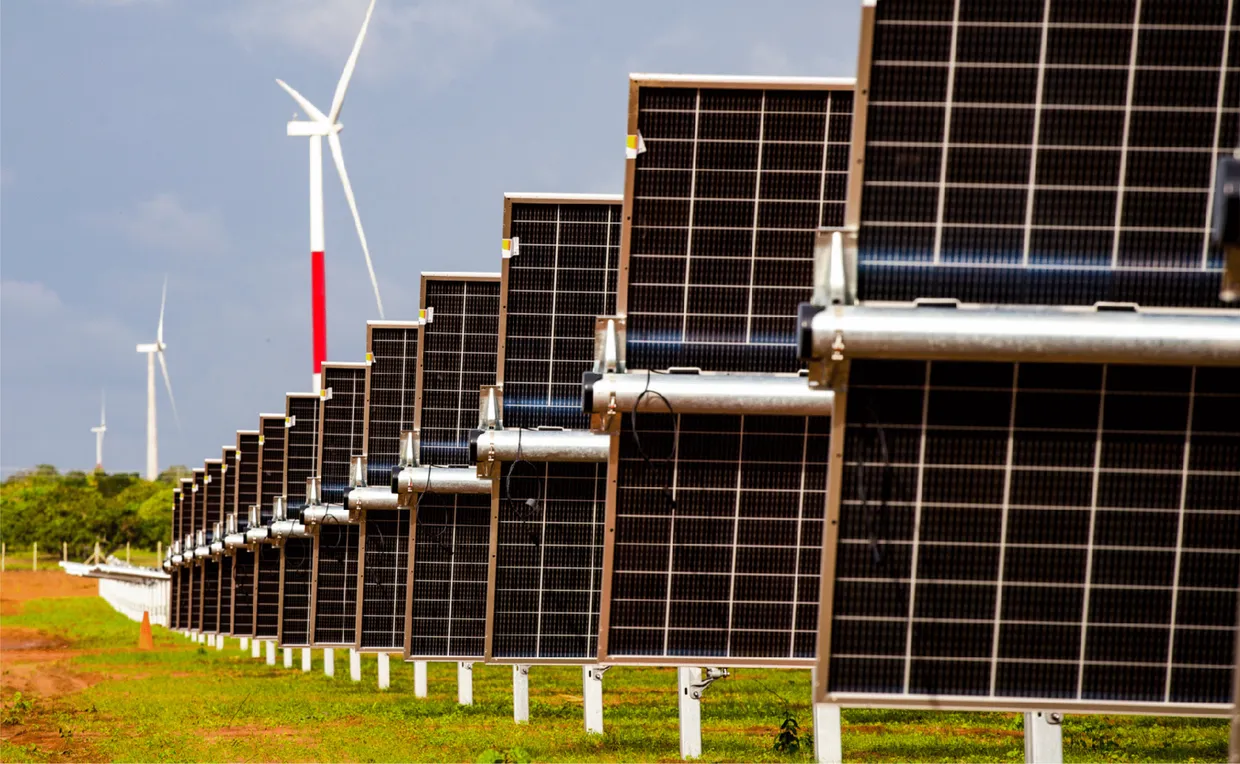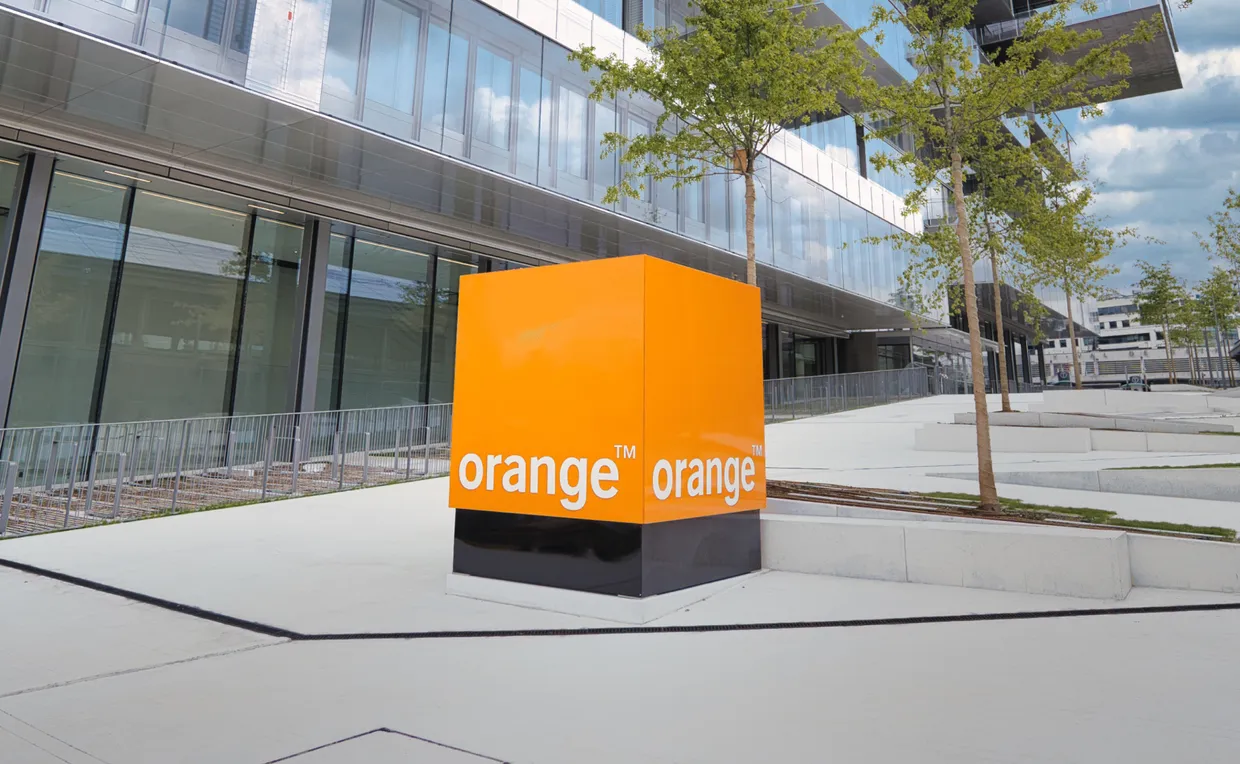How Caudalie centralized and simplified its data collection with Sweep


Key takeaways
- Sweep has enabled Caudalie to centralize and streamline its sustainability data collection
- Caudalie has successfully calculated its first carbon footprint using Sweep – including identifying emissions hotspots per product or service, and by department
- Caudalie aims to expand use of the Sweep platform to all of its employees, to give them direct feedback on their emissions reduction actions, and identify priority areas
Background
Caudalie is an independent, family-owned French skincare brand created by husband-and-wife team Mathilde and Bertrand Thomas in Bordeaux in 1995. All of the brand’s products are developed using natural ingredients sourced from vines and grapes. Caudalie has a strict charter which bans more than 70 ingredients from its products.
The company donates 1% of its annual turnover to environmental causes. It has financed the planting of more than 12 million trees worldwide.
In 2020 Caudalie co-founded the “100% Plastic Collect” initiative, to recycle the same amount of virgin plastic it uses each year, from beaches in Southeast Asia, and reintroduce them into a local circular economy.
Challenge
Caudalie has a lengthy value chain across the globe, employing over 1,000 people across 37 countries. Caudalie products are sold at more than 20,000 points of sale worldwide, plus an eCommerce site that ships to more than 20 countries, and a network of over 30 shops with integrated spas.
Given the number of different segments in its value chain, Caudalie faced a big challenge in collating its sustainability data for meaningful action.
Previously, Caudalie’s carbon and ESG data collection was conducted in silos, with each team and department using their own data tracking methods and processes, usually relying on spreadsheets which the sustainability team found challenging to collate.
Solution
Sustainable Development Manager Angélique Vacher tells us that Caudalie chose Sweep because the company was looking for a scalable tool which would allow it to measure its sustainability efforts quickly and simply. It was important for Caudalie to centralize its data, rather than have it sitting in disparate data sheets across the organization.
Through Sweep, Caudalie is able to aggregate its data on one single platform, which will ultimately enable every employee to use and engage with it, see where hotspots are, and act to reduce them. The platform enables the company to identify its priorities and monitor its daily efforts in achieving its carbon reduction goals.
Importantly for Caudalie, its teams can now track emissions down to the product level, enabling them to take a granular approach to emissions management. They can produce reports on all the actions taken and results obtained per department and per product, in addition to an overall carbon footprint calculation for the entire company’s operations. As such, Caudalie’s teams can now immediately identify products or departments where the scope for emissions reduction is greatest, and empower managers to identify the most efficient courses of action.
Speed to reporting has certainly been achieved with Sweep. Previously, Caudalie’s team were working with a large number of disparate files filled with raw data. Sweep now enables the team to import them all and keep all the data points consistent, creating an efficient collection process.
Caudalie now aims to continue calculating its carbon footprint annually, to identify its impacts on the environment and improve its entire approach. The sustainability team intends to roll out Sweep access to the wider workforce, to give them a day-by-day overview of their department’s emissions and impacts, and make quick decisions on priority actions to take.
If you’d like to join Caudalie in centralizing and streamlining your sustainability data collection, book a demo today




